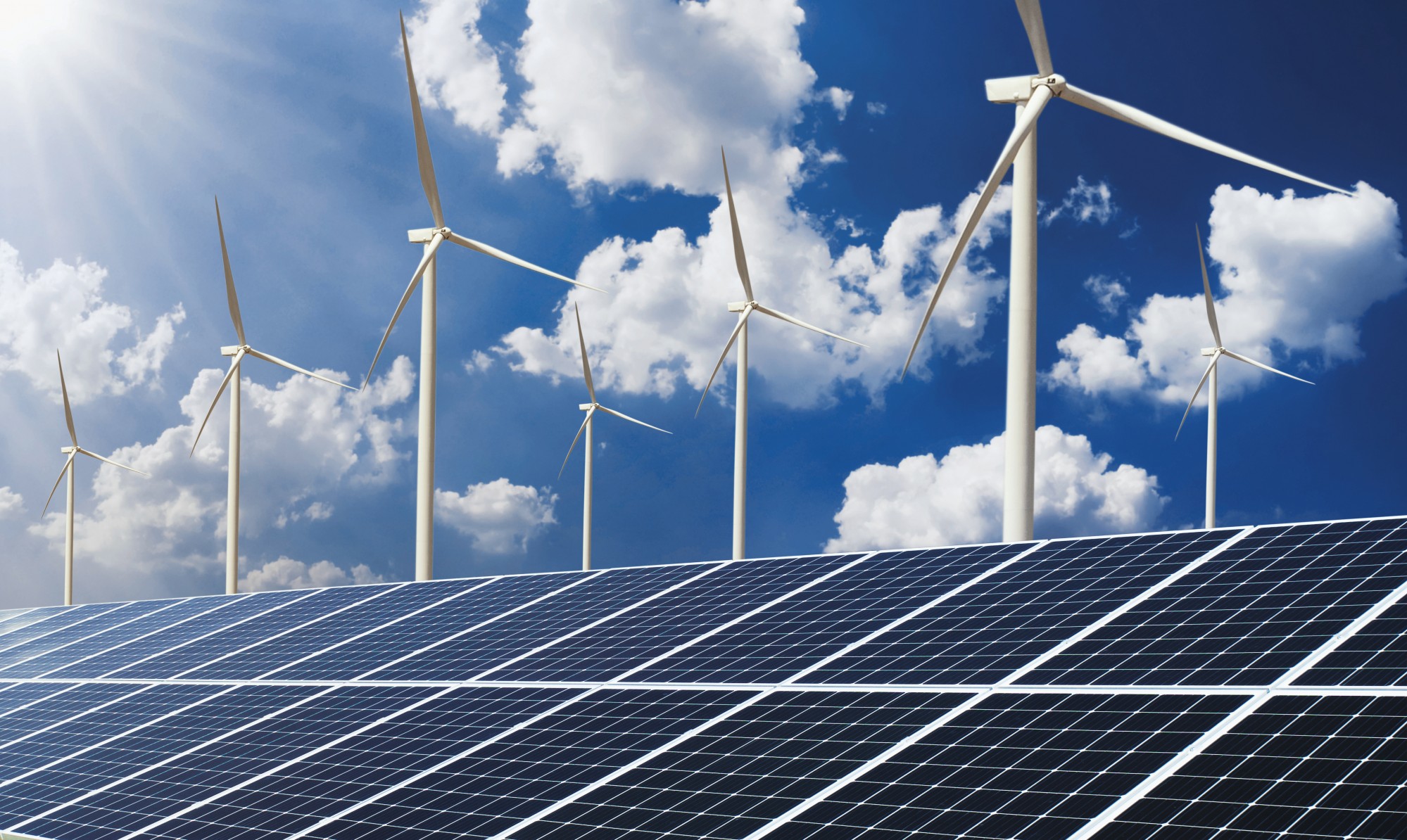Industrial, Sourcing Renewables - August 16, 2023
NY State Needs to Increase Efforts to Meet RE Goals
New York State needs to take multiple steps to increase renewable electricity generation to achieve the objectives of the Climate Leadership and Community Protection Act (CLCPA), according to a report issued by State Comptroller Thomas P. DiNapoli.
DiNapoli said that achieving success requires state agencies to consistently and proactively identify and address problems, continue streamlining permit and interconnection study procedures, and develop the necessary infrastructure to connect renewable projects to the grid and New Yorkers' homes.
“New York State has rightly pursued an aggressive campaign to reduce greenhouse gas emissions to limit the most dangerous impacts of climate change,” DiNapoli said in a statement. “New York’s energy goals are attainable, but require careful attention and management to address challenges, meet ambitious deadlines and avoid future pitfalls.”
The report found that renewable generators in New York would need to produce an additional 78,073 gigawatt hours above 2022 levels, an increase of over 200%, to reach the CLCPA’s 2030 goal of 70% renewable electricity consumption. The analysis is based on projections from the New York Independent System Operator (NYISO).
NYISO also estimated that the state would need to add 20 gigawatts of installed renewable capacity by 2030, which is triple the 2022 capacity of approximately 6.5 gigawatts. In the last 20 years, New York added 12.9 gigawatts of total electric generation, including both fossil fuel and renewable sources.
Some of the reasons that prior efforts were halted include inconsistent funding, canceled projects and delays that led to lengthy project timelines and failure to achieve targets.
The state has taken steps to address its challenges by increasing funding under the state’s Clean Energy Standard including facilitating increases in the development of renewable electricity generation.
As of 2022, approximately 29% of the electricity generated in the state came from renewable sources. Of this renewable generation, roughly 75% came from hydroelectric generation, with the remaining 25% primarily split between wind and solar.
Read These Related Articles:
Stay Up-To-Date












